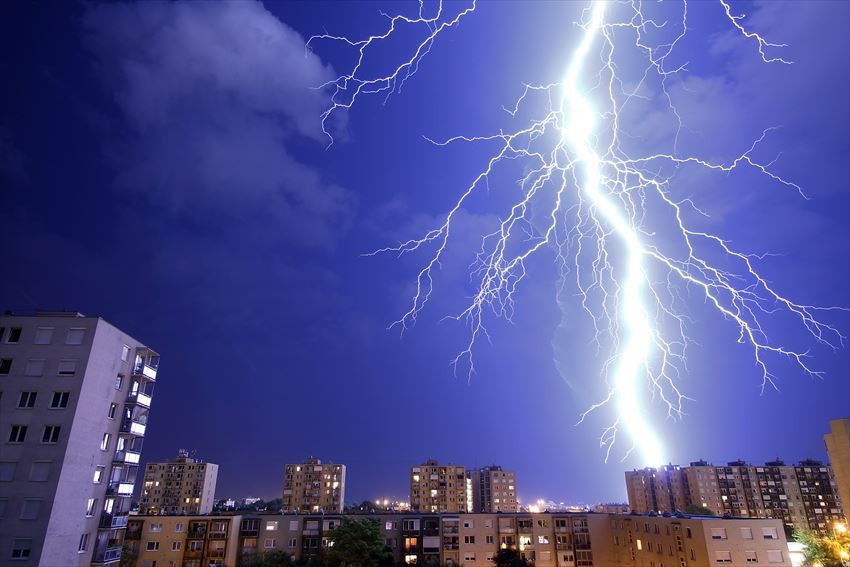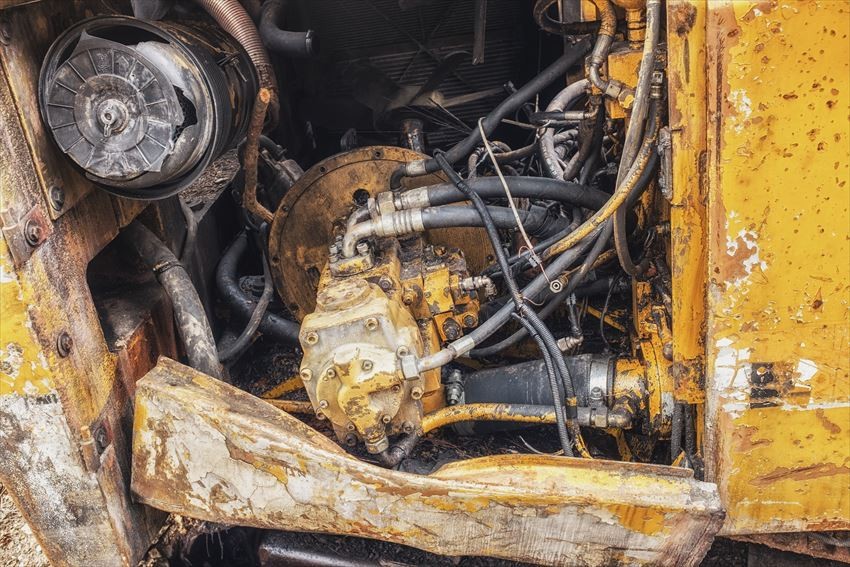
Most Japanese have heard of the tales of Taira no Masakado. Even if they do not believe in his curse, they would away from incurring his wrath. This time we explore the rumors and legends around him once more.
The Wrath of Taira no Masakado: Timeline
Ten years after the burial, the mound started to glow and shake violently. Neighborhood reported sighting of bedraggled samurai appearing regularly. They offered a special prayer to him, and his spirit seemed to stop showing up.
In some year around 13th century, a Temple of Tendai sect was built next to Kanda Myōjin, and that seemed to upset the spirit. Plague and natural calamities struck the neighborhood.
In 1307, Amida sect took over the temple and built an invocation hall, as well as tending to the shrine of Masakado, seemingly eased the spirit’s anger. The Headstone was built in 1309. At certain point, he has become deity of Kanda Myōjin for the locals.

In 1616, Kanda Myōjin was moved to the new location to make room for accommodation for the feudal lords stationed in Edo. The burial mound and headstone were left intact in the garden of one of the manors.
In 1869, in Meiji era, the government constructed the Ministry of Finance next to the burial site. The area of Otemachi became the Wall Street of Japan. Later in 1874, the government issued a statement condemning Taira no Masakado, saying that he was “an enemy of the emperor” and revoked his status as a deity of Kanda Myōjin.

In 1923, disaster struck with the Great Kanto Earthquake, along with the ravaging flames that burned everything in the area except the headstone and the burial mound. Most surprisingly, the entire Ministry of Finance building was burned to the ground. The government tried to excavate the grave site to search for the skull. They found nothing, so they built a temporary building over the grave site.
In 1926, the Finance Minister Seiji Hayami (早速整爾) died mysteriously in the office, followed by 13 other ministry officials over the next two years. Coincidentally, many workers on the construction site became mysteriously ill or were injured when working around the premises. In 1928, the ministry decided to withdraw the part that cover the former burial site and held a purification ritual annually. The enthusiasm faded over the years as World War II broke, and the ritual was unattended.

In 1940, exactly 1000 years after Taira no Masakado’s death, a lightning struck the Ministry of Finance building, causing a fire which eventually burned the entire building down, and spread to several buildings adjacent to the former grave site in Otemachi. The Finance Ministry finally moved to the new location in Kasumigaseki, and the grave site became the property of Tokyo Municipal government. The reconstruct the burial site was planned.

In 1945, the US occupying forces took control over the property and planned to construct a parking lot. Yet a series of suspicious accidents occurred to hinder the progress, such as the bulldozer flipping over, and the driver died next to the grave. With the plea from the local officials, the US occupying force canceled the project.

In 1961, the property returned to the Tokyo Municipal government, the unfinished parking lot was removed, and purification ritual was conducted once more. The burial site was planned, but when nearby buildings were under construction, workers fell ill, and photographs taken in the area were said to have some sorts of figure with disheveled hair appeared in them. Many local businesses started to come and pray at the site every 1st and 15th day of each month. The grave site was completed in 1971.
In 1984, following a television drama based on the life of Taira no Masakado (風と雲と虹と), broadcast on NHK, and public pressure, the status as deity of Kanda Myōjin was reinstated.
In 1987, during the filming of Teito Monogatari (帝都物語), which popularized the Onmyōdō of the modern time, met a string of freak accidents. This is due to the story plot about a villain invoking the spirit of Taira no Masakado to destroy Tokyo. To prevent accidents on set, it has become common practice to pay respect to the burial site before bringing Taira no Masakado on the screen.
Even now, some office workers near the gravesite would not sit by the windows facing the burial mound, and most would face toward the grave to pay respect. As of this article and the previous installation, yes, I personally visited the burial site in advance, so you can sleep safe and sound.

Comments